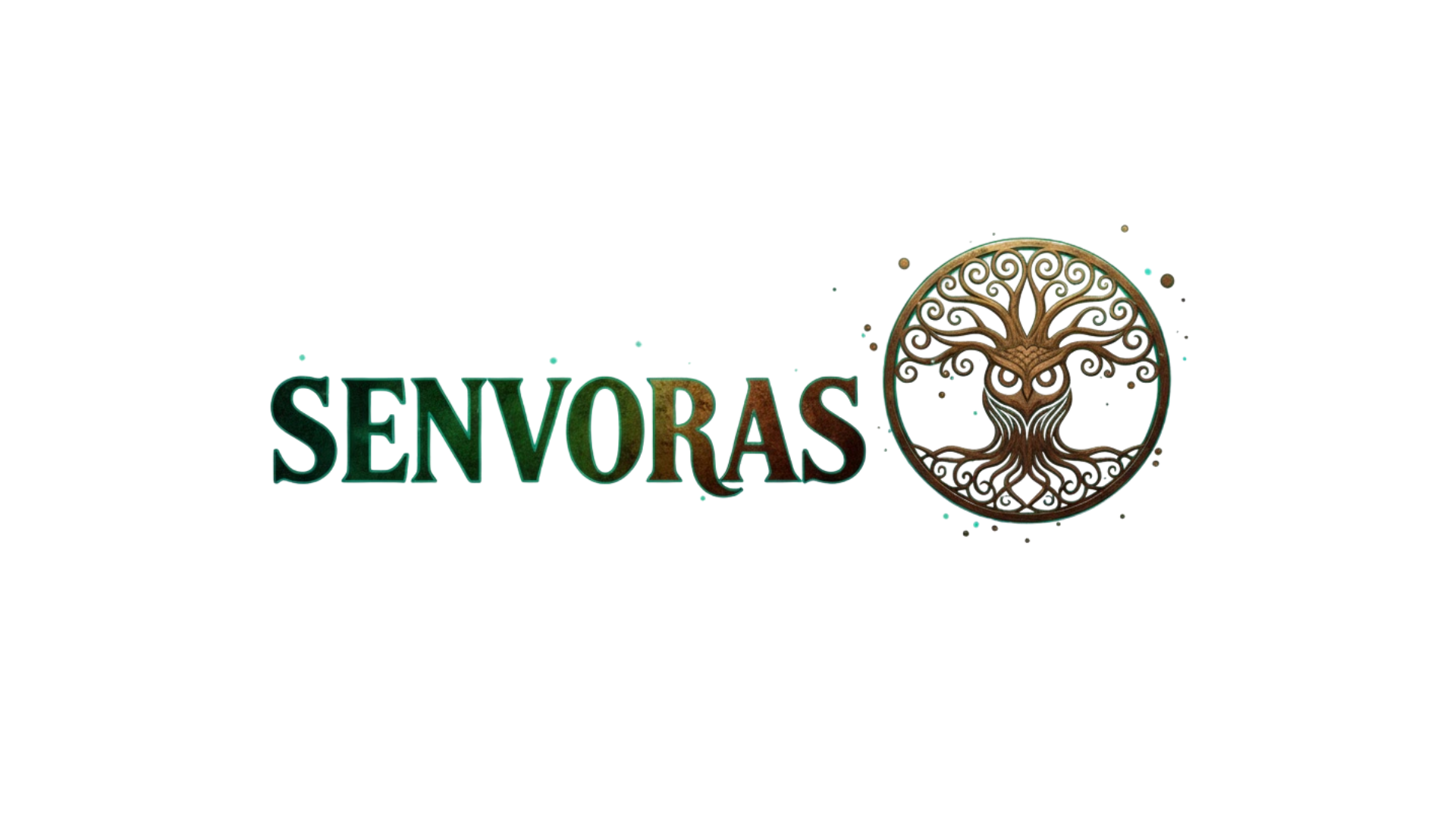Regenerative medicine is revolutionizing healthcare by offering innovative solutions that harness the body’s natural healing mechanisms, with umbilical cord-derived therapies emerging as a powerful frontier.
🧬 The Science Behind Umbilical Cord-Derived Regenerative Therapies
Umbilical cord tissue represents one of nature’s most remarkable gifts to modern medicine. Once considered medical waste, the umbilical cord is now recognized as a rich source of biological materials with extraordinary regenerative potential. These tissues contain mesenchymal stem cells, growth factors, cytokines, and extracellular matrix components that work synergistically to promote healing and tissue repair throughout the body.
The biological complexity of umbilical cord derivatives makes them particularly valuable for therapeutic applications. Unlike embryonic stem cells, which raise ethical concerns, umbilical cord-derived materials are obtained non-invasively after birth, making them an ethically sound option. The cord blood and tissue that would otherwise be discarded can instead be preserved and processed to create powerful regenerative treatments.
What distinguishes umbilical cord-derived therapies from other regenerative approaches is their immunomodulatory properties. These biological materials can help regulate immune responses, reduce inflammation, and create an optimal environment for tissue regeneration. The growth factors present in cord tissue stimulate cellular proliferation, angiogenesis, and tissue remodeling—all critical processes for effective healing.
💉 Types of Umbilical Cord-Derived Therapeutic Products
The field of umbilical cord-derived regenerative medicine encompasses several distinct product categories, each with unique properties and clinical applications. Understanding these differences helps patients and healthcare providers select the most appropriate treatment approach.
Umbilical Cord Blood
Cord blood contains hematopoietic stem cells capable of differentiating into various blood cell types. These cells have been successfully used for decades to treat blood disorders, immune deficiencies, and certain cancers. Cord blood banking has become increasingly popular as families recognize the potential future medical applications for their newborns and family members.
Wharton’s Jelly
This gelatinous substance surrounds the umbilical vessels and represents an abundant source of mesenchymal stem cells. Wharton’s jelly-derived cells demonstrate remarkable regenerative capabilities and have shown promise in treating orthopedic conditions, cardiovascular diseases, and neurological disorders. The cells from this tissue exhibit strong anti-inflammatory properties and can differentiate into multiple cell lineages.
Umbilical Cord Tissue Allografts
Processed umbilical cord tissue products preserve the natural extracellular matrix along with growth factors and cytokines. These allografts serve as biological scaffolds that support tissue regeneration when applied to damaged or degenerated areas. They’re particularly valuable in wound care, orthopedic applications, and surgical procedures requiring tissue reinforcement.
Amniotic and Umbilical Cord Derivatives
Some regenerative products combine materials from both the amniotic membrane and umbilical cord, creating synergistic formulations. These combined products leverage the anti-scarring properties of amniotic tissue with the regenerative capabilities of cord-derived materials, offering comprehensive therapeutic benefits.
🏥 Clinical Applications Transforming Patient Care
The versatility of umbilical cord-derived therapies has led to their adoption across multiple medical specialties. Clinical evidence continues to accumulate, demonstrating effectiveness in conditions previously considered difficult to treat.
Orthopedic and Musculoskeletal Conditions
Patients suffering from osteoarthritis, tendon injuries, ligament damage, and chronic pain are finding relief through umbilical cord-derived treatments. These therapies can reduce inflammation in affected joints, stimulate cartilage repair, and improve mobility without the risks associated with surgical intervention. Professional athletes and active individuals particularly benefit from these treatments, which can accelerate recovery and extend athletic careers.
The degenerative nature of osteoarthritis makes it especially responsive to regenerative approaches. Rather than simply masking pain, umbilical cord-derived therapies address underlying tissue damage and inflammation, potentially slowing disease progression and improving long-term outcomes.
Wound Healing and Dermatological Applications
Chronic wounds, diabetic ulcers, and burns present significant treatment challenges in conventional medicine. Umbilical cord-derived products accelerate wound closure, reduce infection risk, and improve cosmetic outcomes. The growth factors and cytokines in these products stimulate angiogenesis and cellular migration, creating optimal conditions for tissue repair.
Aesthetic medicine has also embraced these therapies for skin rejuvenation, scar reduction, and anti-aging treatments. The regenerative properties naturally present in cord tissue can improve skin texture, elasticity, and overall appearance without synthetic chemicals or invasive procedures.
Neurological and Neurodegenerative Disorders
Emerging research suggests potential applications for umbilical cord-derived therapies in treating neurological conditions including stroke, spinal cord injuries, and neurodegenerative diseases. The neuroprotective properties and ability to support neural tissue regeneration offer hope for conditions with limited conventional treatment options.
While this remains an evolving area of research, early clinical trials show promise. The anti-inflammatory effects may help reduce secondary damage following acute neurological injuries, while trophic factors support neural survival and function.
Autoimmune and Inflammatory Conditions
The immunomodulatory capabilities of umbilical cord-derived products make them potentially valuable for managing autoimmune diseases and chronic inflammatory conditions. By helping regulate overactive immune responses, these therapies may reduce symptoms and improve quality of life for patients with rheumatoid arthritis, inflammatory bowel disease, and other immune-mediated disorders.
⚕️ The Treatment Process: What Patients Can Expect
Understanding the treatment journey helps patients make informed decisions and set realistic expectations. The process typically begins with comprehensive evaluation and continues through treatment administration and follow-up care.
Initial Consultation and Assessment
A thorough medical evaluation determines whether umbilical cord-derived therapy is appropriate for a specific condition. Healthcare providers review medical history, current symptoms, previous treatments, and diagnostic imaging. This assessment ensures that regenerative medicine aligns with the patient’s health status and therapeutic goals.
Providers discuss realistic expectations, potential outcomes, and treatment alternatives. Transparency about what these therapies can and cannot accomplish helps patients make informed decisions based on accurate information rather than unrealistic promises.
Treatment Administration
The administration method depends on the condition being treated and the specific product used. Injections directly into affected joints or tissues represent the most common approach for orthopedic conditions. Topical applications suit wound care and dermatological uses, while intravenous administration may be appropriate for systemic conditions.
Most procedures are performed in outpatient settings with minimal discomfort. Local anesthesia may be used for injection-based treatments. The entire process typically takes less than an hour, and patients can usually return to normal activities quickly, though specific post-treatment guidelines vary.
Recovery and Follow-Up
Response timelines vary depending on the condition treated and individual patient factors. Some patients experience rapid improvement, while others notice gradual changes over weeks or months as regenerative processes unfold. Follow-up appointments monitor progress, assess outcomes, and determine whether additional treatments would be beneficial.
Optimal results often require multiple treatment sessions spaced appropriately to allow biological processes to develop. Patience is essential, as regenerative medicine works with the body’s natural healing mechanisms rather than providing instant symptom relief.
🔬 Safety Profile and Regulatory Considerations
Safety represents a paramount concern in any medical treatment, and umbilical cord-derived therapies have demonstrated favorable safety profiles in clinical use. Understanding both the benefits and potential risks enables informed decision-making.
These products are minimally manipulated human tissue intended for homologous use, meaning they perform similar functions to their original biological role. Reputable providers source materials from accredited tissue banks that follow stringent screening, processing, and safety protocols established by regulatory agencies.
Adverse reactions are generally mild and infrequent, typically limited to temporary injection site discomfort, mild swelling, or transient inflammation. Serious complications are rare when treatments are administered by qualified healthcare professionals using properly processed products from legitimate sources.
The regulatory landscape for regenerative medicine continues evolving. In the United States, the FDA regulates these products under specific guidelines that distinguish between minimally manipulated tissues for homologous use and more extensively processed cellular therapies requiring additional approval pathways. Patients should verify that providers use compliant products from reputable sources.
🌟 Advantages Over Conventional Treatment Approaches
Umbilical cord-derived therapies offer several compelling advantages that explain their growing popularity among both patients and healthcare providers seeking alternatives to conventional treatments.
- Non-surgical option: Many patients can avoid invasive procedures with associated risks, lengthy recoveries, and potential complications.
- Reduced medication dependence: Regenerative approaches may decrease reliance on pain medications, including opioids, addressing concerns about addiction and side effects.
- Addressing root causes: Rather than merely managing symptoms, these therapies target underlying tissue damage and dysfunction.
- Minimal downtime: Most treatments allow rapid return to daily activities compared to surgical alternatives requiring extended recovery periods.
- Lower complication risk: Properly administered cord-derived therapies carry minimal risk compared to surgical interventions or long-term medication use.
- Natural healing enhancement: These treatments work synergistically with the body’s innate repair mechanisms rather than introducing synthetic substances.
💰 Investment in Health: Understanding Costs and Accessibility
Financial considerations represent an important aspect of treatment decisions. Umbilical cord-derived therapies typically involve out-of-pocket expenses, as many insurance plans currently classify them as experimental or investigational despite growing clinical evidence.
Treatment costs vary significantly based on the specific product used, condition treated, number of injections required, and geographic location. Single treatments may range from several hundred to several thousand dollars. While this represents a substantial investment, patients should consider long-term value, including potential avoidance of surgery, reduced medication costs, and improved quality of life.
Some providers offer payment plans or financing options to improve accessibility. As evidence continues accumulating and these therapies gain mainstream acceptance, insurance coverage may expand. Patients should discuss costs transparently during initial consultations and explore all available options.
📊 Research Landscape and Future Directions
The scientific foundation supporting umbilical cord-derived therapies continues strengthening through ongoing research. Clinical trials across multiple specialties are investigating optimal protocols, identifying ideal patient populations, and expanding applications to new conditions.
Recent studies have demonstrated encouraging results in areas including degenerative disc disease, peripheral neuropathy, erectile dysfunction, and hair restoration. As researchers better understand the mechanisms through which these therapies work, they can develop more targeted and effective treatment protocols.
Future innovations may include combination therapies that pair umbilical cord-derived products with other regenerative modalities, personalized treatment approaches based on genetic or biomarker profiling, and enhanced processing techniques that optimize therapeutic potency while maintaining safety.
The field is also exploring tissue engineering applications where cord-derived materials serve as building blocks for creating functional tissue constructs. These advances could eventually enable regeneration of complex structures like organs, representing the ultimate goal of regenerative medicine.
🎯 Selecting Qualified Providers and Ensuring Quality Care
The growing popularity of regenerative medicine has unfortunately attracted some providers making exaggerated claims or using questionable products. Patients must exercise diligence in selecting qualified practitioners committed to evidence-based care and ethical practices.
Qualified providers should have appropriate medical credentials, specialized training in regenerative medicine, and experience administering these specific therapies. They should use products from accredited tissue banks complying with regulatory requirements and willing to provide documentation of product sourcing and processing.
Red flags include providers making guarantees of specific outcomes, claiming to cure serious diseases without supporting evidence, or pressuring patients into immediate treatment decisions. Reputable practitioners provide balanced information about both potential benefits and limitations, discuss realistic expectations, and respect patients’ need for time to make informed decisions.
Professional organizations dedicated to regenerative medicine can help patients locate qualified providers. These organizations establish standards, provide continuing education, and promote ethical practices within the field.
🌈 Patient Stories: Real-World Impact on Lives and Wellness
While clinical studies provide important evidence, patient experiences offer valuable insights into how these therapies affect daily life and overall wellness. Countless individuals have reported significant improvements in pain levels, mobility, and quality of life following umbilical cord-derived treatments.
Athletes have returned to competition after injuries that threatened their careers. Chronic pain sufferers have reduced or eliminated medication dependence. Individuals facing joint replacement surgery have found alternatives that preserved their natural anatomy while restoring function.
These personal success stories underscore the transformative potential of regenerative medicine when appropriately applied. However, individual results vary, and not every patient experiences dramatic improvement. Managing expectations while remaining open to the possibilities represents the ideal mindset when considering these therapies.

🔮 Embracing the Regenerative Medicine Revolution
Umbilical cord-derived therapies represent a paradigm shift in how we approach healing and wellness. By harnessing biological materials with inherent regenerative properties, these treatments offer hope for conditions that have challenged conventional medicine. The convergence of advancing science, improving techniques, and growing clinical evidence positions regenerative medicine as an increasingly important component of comprehensive healthcare.
For patients exploring treatment options, umbilical cord-derived therapies deserve consideration alongside conventional approaches. The potential to address underlying causes rather than merely managing symptoms, combined with favorable safety profiles and minimal downtime, makes these treatments attractive alternatives or complements to traditional care.
As research continues advancing and regulatory frameworks evolve, regenerative medicine will likely become more mainstream, accessible, and integrated into standard care protocols. The future of healthcare increasingly embraces the body’s natural healing capabilities, enhanced and directed through innovative biological therapies.
Individuals considering umbilical cord-derived treatments should engage in thorough research, consult qualified healthcare providers, ask detailed questions, and make informed decisions aligned with their health goals and values. The regenerative medicine revolution offers unprecedented opportunities for healing and wellness—opportunities that continue expanding as science unlocks more of nature’s remarkable therapeutic potential.
Toni Santos is a longevity writer and regenerative medicine researcher dedicated to exploring how biology, technology, and ethics can extend healthspan. With a focus on cellular repair and anti-aging biotechnology, Toni examines how next-generation therapies translate lab breakthroughs into real-world vitality. Fascinated by stem cell science, telomere dynamics, and systems biology, Toni’s journey bridges research reviews, expert interviews, and clear public communication. Each article he shares aims to separate evidence from hype—helping readers understand what’s promising, what’s premature, and what truly supports long-term health. Blending molecular biology, clinical insight, and accessible storytelling, Toni investigates interventions that target the root drivers of aging. His work honors responsible innovation—prioritizing safety, transparency, and human wellbeing in the pursuit of extended healthspan. His work is a tribute to: Anti-aging biotechnology grounded in rigorous evidence Cellular rejuvenation pathways that restore function and resilience Stem cell and telomere research advancing ethical longevity care Whether you’re a clinician, researcher, or health enthusiast, Toni Santos invites you to explore the frontiers of regeneration—one discovery, one mechanism, one healthier year at a time.




